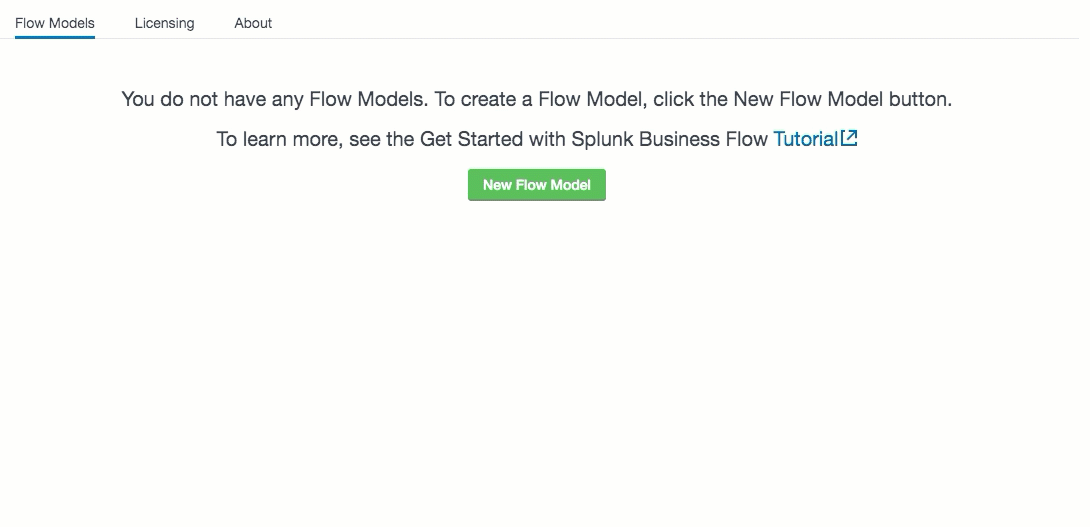What is a Flow Model in Splunk Business Flow?
"Flow Model" refers to a grouping of discrete information which represents a transaction, session, or other business process that is configured within Splunk Business Flow. The Flow Model contains a repository of events that you are interested in analyzing. In the Flow Model, you define what field names you want to track, and how you want to correlate events. The following components make up a Flow Model definition: a search and the fields that represent one or more Correlation IDs, Steps, and Attributes. The Search scans the event logs, transforms or extracts events based on the specifications of the search, and then returns the results. The Flow Model definition determines how SBF identifies and groups related events into ordered sequences called Journeys.
Preview your Flow Model in the Explorer, then save your analysis as a Flow. Flows depend on Flow Models. If you modify a Flow Model, the changes extend to all related Flows.
The following animation illustrates how to create a Flow Model.
This documentation applies to the following versions of Splunk® Business Flow (EOL): -Latest-

 Download manual
Download manual
Feedback submitted, thanks!